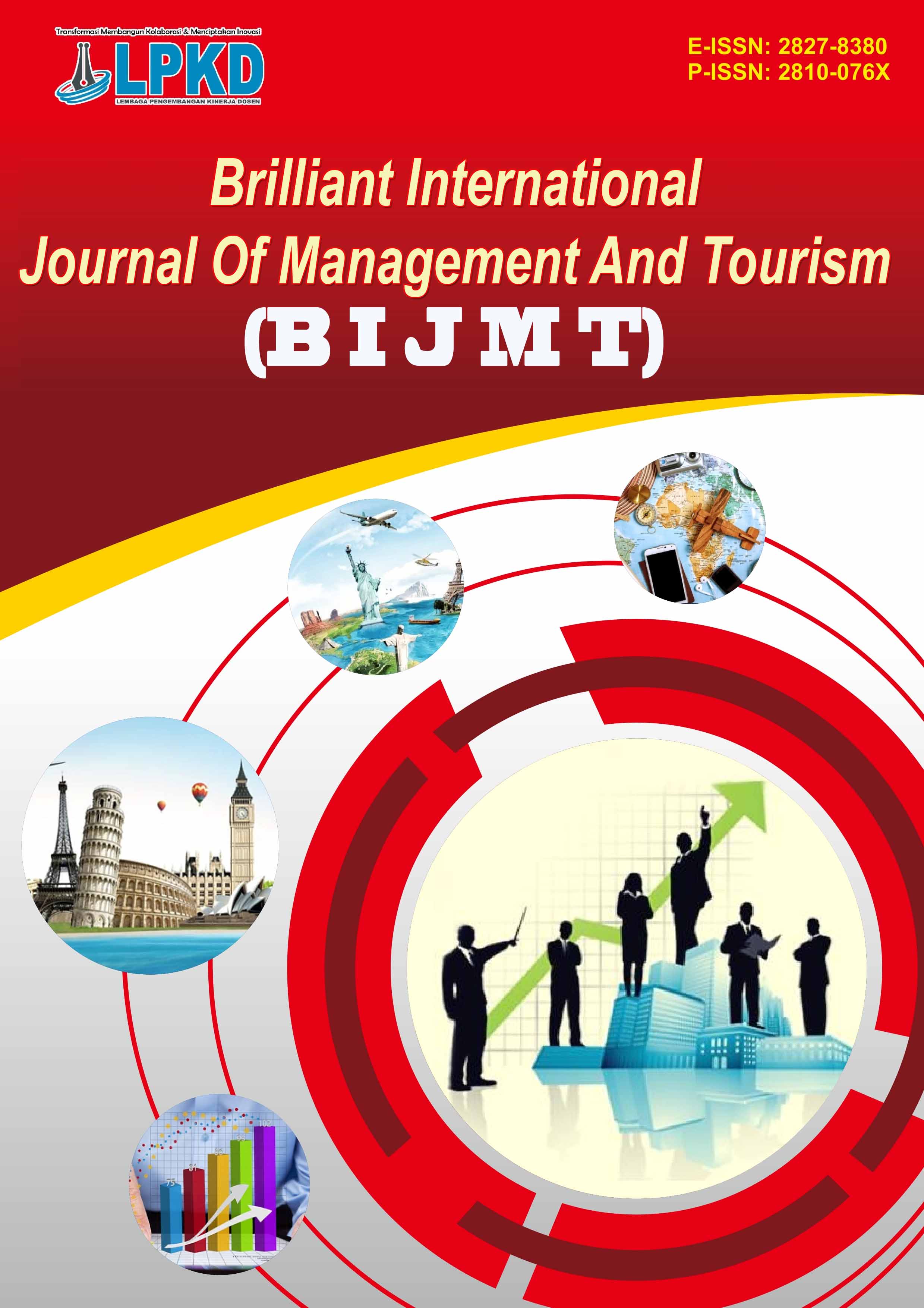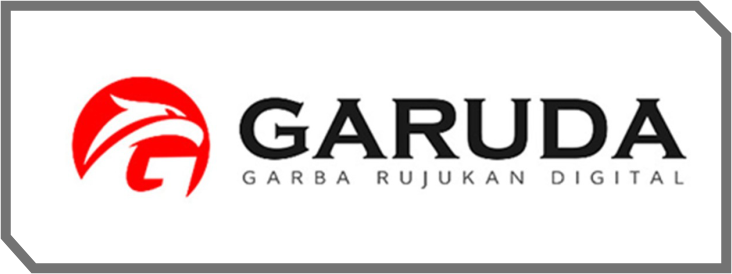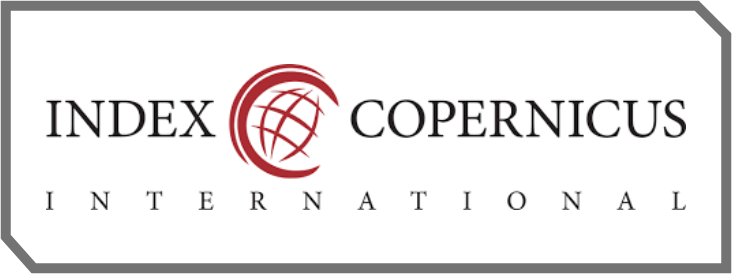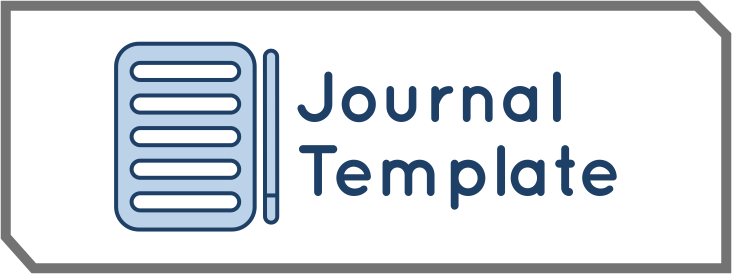Resilience in Human Resource Management: Organizational Adaptation Strategies in the Tourism Industry during Times of Uncertainty and Crisis
DOI:
https://doi.org/10.55606/bijmt.v5i2.4718Keywords:
Dynamic Capabilities, Employee Engagement, HR Flexibility, Leadership Agility, Organizational CultureAbstract
Organizational resilience has become a strategic necessity in increasingly volatile and uncertain environments. This study examines how strategic human resource management (HRM) practices specifically HR flexibility, leadership agility, and strategic workforce planning contribute to enhancing organizational resilience. The research problem lies in the fragmented understanding of how these HR components interact and under what conditions they effectively foster resilience. To address this, the study aims to develop a conceptual model integrating these three HRM dimensions, with employee engagement as a mediating variable and organizational culture as a moderating factor. A qualitative exploratory approach was applied through a structured literature review of 35 peer reviewed articles published between 2020 and 2024. Thematic content analysis was conducted using NVivo software to identify patterns and relationships among the variables. The findings reveal that HR flexibility supports operational adaptability, leadership agility enhances strategic responsiveness, and workforce planning ensures long term preparedness. Employee engagement amplifies the effectiveness of these HR strategies, while organizational culture determines the extent to which they translate into resilience outcomes. This integrative framework highlights the importance of aligning HR practices within a supportive cultural context. The study concludes that organizational resilience emerges not from isolated HR initiatives but from their synergistic interaction within a dynamic capability framework. These findings offer both theoretical contributions and practical implications for HR leaders seeking to strengthen resilience through human capital strategies.
References
“Leadership agility in a VUCA world: A systematic review, conceptual framework and research agenda,” Cogent Bus. Manag., vol. 10, no. 1, 2025, doi: 10.1080/23311975.2025.2482022.
A. Bakker and E. Demerouti, “The job demands resources model: State of the art,” J. Managerial Psychol., vol. 22, no. 3, pp. 309–328, 2007, doi: 10.1108/02683940710733115.
A. Kovynyov, A. Buerck, and R. Mikut, “Design of transformation initiatives implementing organisational agility An empirical study,” arXiv preprint, May 2020. [Online]. Available: https://arxiv.org/abs/2005.06582
A. Strauss and J. Corbin, Basics of Qualitative Research: Techniques and Procedures for Developing Grounded Theory, 4th ed., Thousand Oaks, CA: SAGE Publications, 2015.
A. Teece, G. Pisano, and A. Shuen, “Dynamic capabilities and strategic management,” Strategic Manage. J., vol. 18, no. 7, pp. 509–533, 1997, doi: 10.1002/(SICI)1097-0266(199708)18:7<509::AID-SMJ882>3.0.CO;2-Z.
D. R. Setiadi, S. Rustad, P. N. Andono, and G. F. Shidik, “Survei dan investigasi steganografi citra digital,” Signal Process., vol. 206, art. no. 108908, May 2023, doi: 10.1016/j.sigpro.2022.108908.
F. Aldaiem, “The impact of human resource flexibility on organizational success,” Int. J. Res. Rev., vol. 9, no. 9, pp. 15–23, Sept. 2022.
F. L. Y. Aityassine et al., “Impact of empowering leadership on adaptive performance in hybrid work,” Front. Psychol., vol. 16, 2025, doi: 10.3389/fpsyg.2025.1448820.
G. E. Grote, “Organizing for resilience in high risk organizations: The interplay of routines and mindful organizing,” J. Bus. Res., vol. 157, pp. 113620, 2024.
H. Snyder, “Literature review as a research methodology: An overview and guidelines,” J. Bus. Res., vol. 104, pp. 333–339, 2019, doi: 10.1016/j.jbusres.2019.07.039.
I. Georgescu et al., “Enhancing organizational resilience: The transformative influence of strategic human resource management practices and organizational culture,” Sustainability, vol. 16, no. 10, art. 4315, Apr. 2024, doi: 10.3390/su16104315.
J. W. Creswell and C. N. Poth, Qualitative Inquiry and Research Design: Choosing Among Five Approaches, 4th ed., Thousand Oaks, CA: SAGE Publications, 2021.
M. Al-Momani et al., “The relationship between leadership agility and entrepreneurial resilience among Jordanian SMEs,” J. Entrep. Bus. Econ., vol. 12, no. 1, 2024.
M. Duchek, “Organizational resilience: A capability based conceptualization,” Bus. Res., vol. 13, no. 1, pp. 215–246, 2020, doi: 10.1007/s40685-019-0085-7.
M. Lengnick Hall, “A study of the impact of strategic human resource management on organizational resilience,” Behav. Sci., vol. 12, 2022.
R. Smith, “Culture and resilience: Linking adaptive behavior to HR practices,” Int. J. Hum. Resour. Stud., vol. 12, no. 3, pp. 45–59, 2023, doi: 10.5296/ijhrs.v12i3.21200.
S. A. Mendrofa et al., “Fostering organizational resilience through agile leadership: A comparative study analysis,” Glob. Int. J. Innov. Res., vol. 2, no. 5, pp. 974–983, 2024, doi: 10.59613/global.v2i5.166.
S. Leitner, “Building resilient organizations: The roles of top down vs. bottom up organizing,” arXiv preprint, May 2023. [Online]. Available: https://arxiv.org/abs/2305.06362
S. M. Ravitch and N. M. Carl, Qualitative Research: Bridging the Conceptual, Theoretical, and Methodological, 2nd ed., Thousand Oaks, CA: SAGE Publications, 2021.
Y. Xanthopoulou, A. B. Bakker, D. Demerouti, and W. Schaufeli, “The role of personal resources in the job demands resources model,” Int. J. Stress Manage., vol. 14, no. 2, pp. 121–141, 2007, doi: 10.1037/1072-5245.14.2.121.
Downloads
Published
How to Cite
Issue
Section
License
Copyright (c) 2025 Brilliant International Journal Of Management And Tourism

This work is licensed under a Creative Commons Attribution-ShareAlike 4.0 International License.











